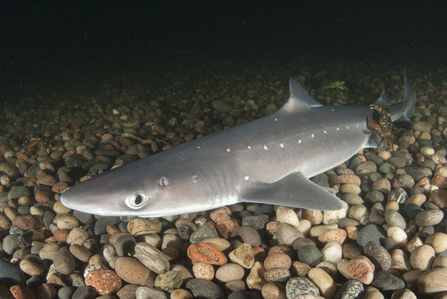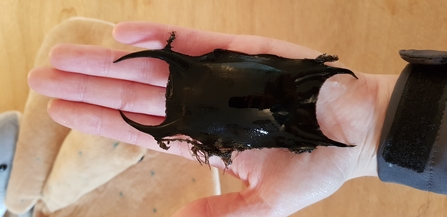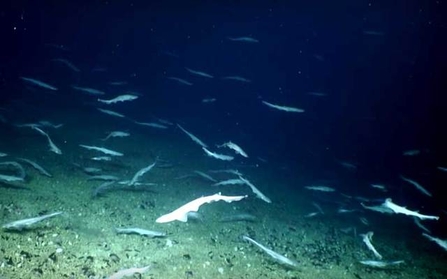Adaptations are the key to sharks survival in every ocean; from the Greenland Shark in arctic waters, tiger sharks in tropical waters, and catsharks in our local seas! One crucial way sharks have adapted to best survive in their environment is through their modes of reproduction.
All elasmobranchs (sharks, skates and rays) use internal reproduction. Male sharks have claspers which are inserted into the females' reproductive tract, where they deliver sperm to fertilize eggs. This is different from bony fish (e.g. mackerel) who predominantly use external spawning, i.e. gametes of both sexes are released into the water column. Once fertilization in elasmobranchs has occurred, their reproduction mode diversifies into one of three methods; viviparous, ovoviviparous, and oviparous.




